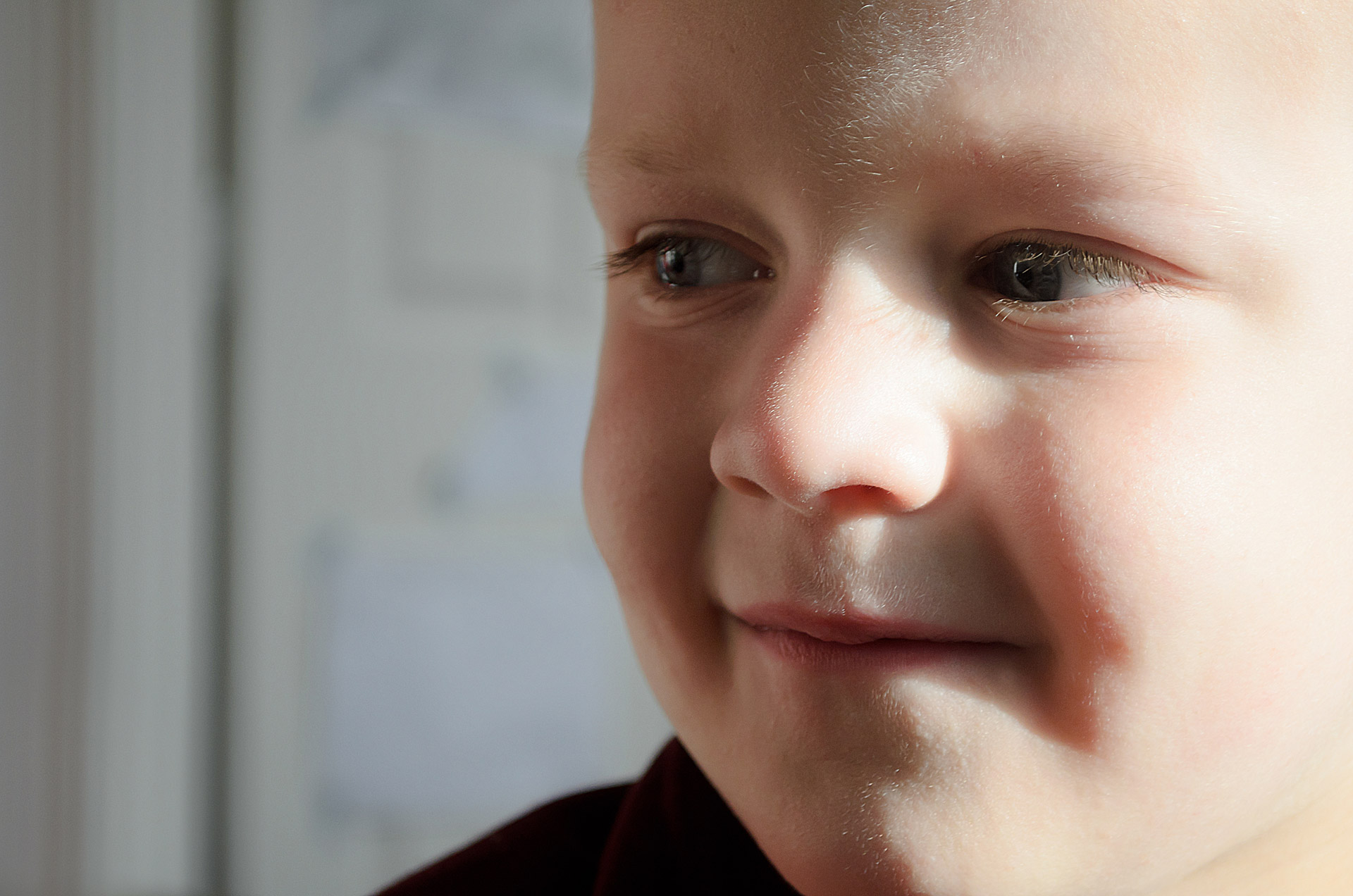Natural Disasters: How to Talk to Your Kids
Did you know that children who are given clear, factual information about natural disasters are significantly less likely to develop long-term child anxiety related to those events? This simple act of communication is a powerful tool in helping them process and cope. Let's delve into how to best navigate these difficult conversations.
Understanding Children's Reactions to Natural Disasters
Natural disasters can be incredibly frightening and confusing for children. Their reactions will vary based on their age, personality, past experiences, and the severity of the event. It's important to understand that there is no "right" or "wrong" way for a child to react. Some might exhibit outward fear, while others may become withdrawn or display behavioral changes. Recognizing these potential reactions is the first step in providing effective support.
Some common reactions include: difficulty sleeping, nightmares, increased clinginess, regression to younger behaviors (e.g., bedwetting), irritability, loss of appetite, physical complaints (e.g., stomachaches), and difficulty concentrating. According to a 2024 study by the National Center for Child Traumatic Stress, approximately 15-43% of children who experience a natural disaster will develop symptoms of post-traumatic stress. This highlights the importance of proactive intervention and support.
Age-Appropriate Explanations
One of the biggest challenges is tailoring your explanations to your child's developmental level. What a toddler understands is vastly different from what a teenager can grasp. Using language and concepts they can comprehend is crucial for avoiding further confusion and fear. Keep explanations simple, honest, and focused on what is being done to keep them safe.
Preschoolers (Ages 3-5)
For preschoolers, focus on the immediate situation and their safety. Avoid complex explanations about the cause of the disaster. Use simple language and concrete examples. For example, "The wind is very strong, so we need to stay inside where it's safe." Reassure them that you are there to protect them.
Elementary School Children (Ages 6-12)
Elementary school children can understand more complex explanations but still need reassurance. You can explain the basic causes of the disaster in age-appropriate terms, such as "An earthquake happens when the ground shakes." Emphasize natural disaster safety measures and what they can do to stay safe. Encourage them to ask questions and express their feelings.
Teenagers (Ages 13+)
Teenagers can understand more detailed explanations and may have access to information from various sources. Be prepared to answer their questions honestly and address any misinformation they may have encountered. Acknowledge their fears and anxieties and encourage them to talk about their concerns. It's also helpful to empower them by involving them in disaster preparedness for kids activities.
How to Talk About Specific Natural Disasters
The way you discuss a tornado will be different from how you talk about a flood or an earthquake. Tailoring your conversation to the specific event is important. Here's a breakdown of some common disasters and how to approach them:
- Hurricanes: Explain that hurricanes are big storms with strong winds and lots of rain. Focus on the importance of evacuation if ordered and staying inside during the storm.
- Tornadoes: Describe tornadoes as strong, spinning winds. Teach children about the importance of seeking shelter in a basement or interior room.
- Earthquakes: Explain that earthquakes are caused by the ground shaking. Teach them the "drop, cover, and hold on" technique.
- Floods: Explain that floods happen when there is too much water. Emphasize the dangers of floodwaters and the importance of staying away from them.
- Wildfires: Explain that wildfires are uncontrolled fires that spread quickly. Emphasize the importance of evacuating if ordered and staying away from smoky areas.
Managing Anxiety and Fear
Child anxiety is a common reaction to natural disasters. It's important to validate their feelings and provide them with tools to coping with fear. Here's how:
- Acknowledge and validate their feelings: Let them know that it's okay to be scared or worried. Avoid dismissing their fears or telling them not to worry.
- Provide accurate information: Address misinformation and provide factual information about the situation. This can help reduce uncertainty and anxiety.
- Limit exposure to media: Excessive exposure to news coverage of the disaster can be overwhelming and increase anxiety.
- Encourage them to express their feelings: Provide opportunities for them to talk about their fears, draw pictures, or write in a journal.
- Practice relaxation techniques: Teach them simple relaxation techniques such as deep breathing or progressive muscle relaxation.
Providing Reassurance and Security
The most important thing you can do is reassure your child that they are safe and loved. Here's how to provide reassurance and security:
- Maintain a calm and reassuring presence: Your demeanor can have a significant impact on your child's anxiety levels.
- Stick to routines: Maintaining familiar routines can provide a sense of normalcy and stability.
- Spend quality time together: Engage in activities that your child enjoys, such as playing games, reading books, or going for walks.
- Physical affection: Offer hugs, cuddles, and other forms of physical affection to provide comfort and reassurance.
Reassuring children after a disaster also involves rebuilding a sense of normalcy. Try to re-establish routines as quickly as possible and provide opportunities for them to connect with friends and engage in activities they enjoy.
The Importance of Disaster Preparedness
Involving children in disaster preparedness for kids can empower them and reduce their anxiety. When children feel like they have some control over the situation, they are less likely to feel helpless and afraid. Preparation can be key to supporting children's mental health.
Creating a Family Emergency Plan
Work together to create a family emergency plan that includes evacuation routes, meeting places, and communication strategies. Practice the plan regularly so everyone knows what to do in case of an emergency.
Assembling an Emergency Kit
Involve children in assembling an emergency kit that includes essential supplies such as food, water, first-aid supplies, and a flashlight. Let them choose a special comfort item to include in the kit.
Learning Basic Safety Skills
Teach children basic safety skills such as how to call emergency services, administer first aid, and shut off utilities.
Long-Term Support and Recovery
The impact of a natural disaster can last long after the event itself. It's important to provide ongoing support and monitor children for signs of kids and trauma. Here’s a table summarizing potential issues and support strategies:
| Potential Issue | Signs to Watch For | Support Strategies |
|---|---|---|
| Post-Traumatic Stress (PTSD) | Nightmares, flashbacks, anxiety, avoidance behaviors, difficulty concentrating | Professional therapy, trauma-informed care, family support |
| Anxiety and Depression | Excessive worry, sadness, loss of interest in activities, changes in sleep or appetite | Therapy, medication (if necessary), supportive relationships |
| Behavioral Problems | Aggression, defiance, difficulty following rules, acting out | Behavioral therapy, positive reinforcement, consistent discipline |
| Academic Difficulties | Trouble concentrating, decreased performance, difficulty completing assignments | Tutoring, academic accommodations, communication with teachers |
Remember that seeking professional help is a sign of strength, not weakness. If you are concerned about your child's mental health, don't hesitate to reach out to a therapist or counselor. Early intervention can make a significant difference in their recovery.
Pro Tips for Talking to Children About Natural Disasters
- Be honest and transparent: Children can sense when you're not being truthful, which can erode their trust.
- Listen actively: Pay attention to what your child is saying and validate their feelings.
- Use age-appropriate language: Tailor your explanations to their developmental level.
- Provide reassurance: Let them know that they are safe and loved.
- Limit exposure to media: Excessive exposure to news coverage can be overwhelming.
- Focus on what you can control: Emphasize the actions you're taking to stay safe.
- Seek professional help if needed: Don't hesitate to reach out to a therapist or counselor if you're concerned about your child's mental health.
- Model healthy coping mechanisms: Show them how you manage your own stress and anxiety.
FAQ
- Q: What if my child doesn't want to talk about it?
- A: Don't force them to talk. Let them know that you're available when they're ready. You can also offer alternative ways for them to express their feelings, such as drawing or writing.
- Q: How do I explain death to a child after a disaster?
- A: Be honest and straightforward. Use simple language and avoid euphemisms. Acknowledge their grief and allow them to express their emotions. It's okay to say that you don't know why things happen.
- Q: What if my child keeps asking the same questions over and over?
- A: This is a common way for children to process information and seek reassurance. Answer their questions patiently and consistently.
- Q: How can I help my child feel safe again?
- A: Re-establish routines, spend quality time together, and provide physical affection. Create a safe and comforting environment at home.
Talking to children about natural disasters is never easy, but it's a crucial part of helping them cope and build resilience. By providing age-appropriate explanations, managing their anxiety, and offering reassurance, you can help them navigate these challenging experiences. Remember, your presence and support are the most powerful tools you have. Share your own experiences or questions in the comments below to continue this important conversation.


